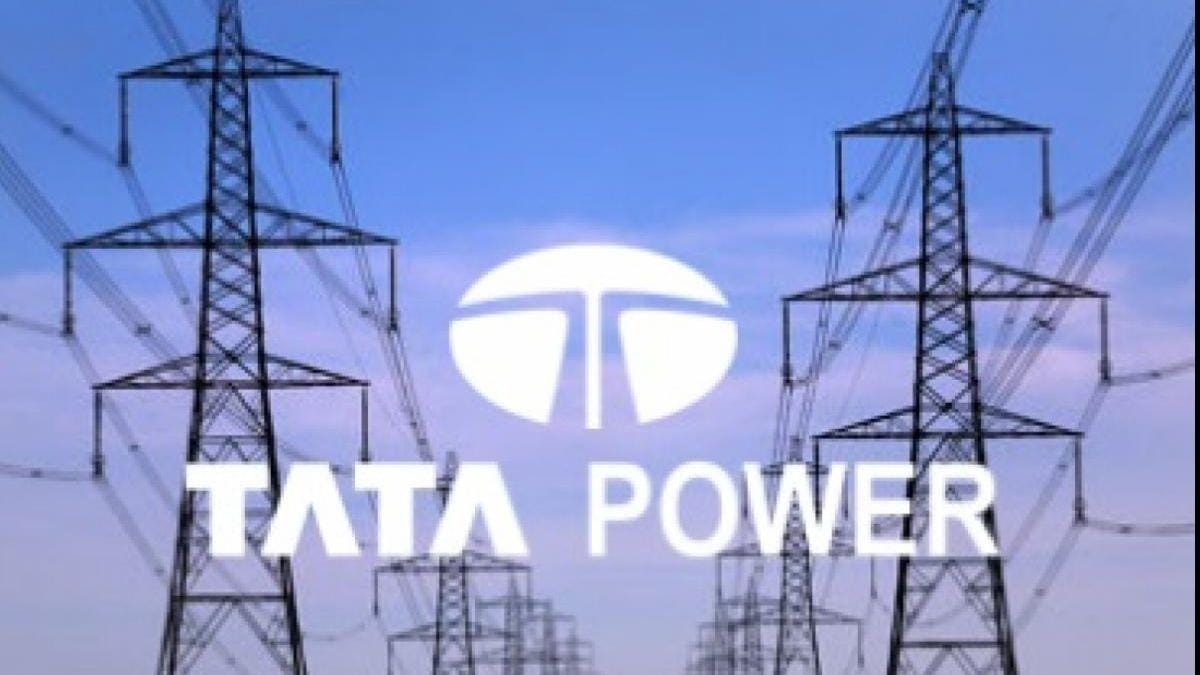Chairman N Chandrasekaran, Tata Power, informed the shareholders at the annual general meeting of the organization that it will decrease its gross debt to about ₹25,000 crores by the tail end of FY21.
“By fiscal 2017, Tata Power had reached a gross debt figure of close to ₹49,000 crore. We decided to focus on reducing this leverage by half,” Chandrasekaran stated.
N Chandrasekaran also mentioned “We have a clear plan to achieve our target by the end of this fiscal year by completing the balance non-core asset sale and raising nearly ₹1,500 to 2,000crore during this year; restructuring our renewables business by transferring it into an infrastructure investment trust and by Tata Sons injecting 2,600 core in preference equity.”
The accumulated net debt of the company at the end of March was around ₹43,559 crore. The firm plans to finish the year with a debt of about 25,000 crore, taking the company’s debt-to – equity level to near to 1.
“This will also move the net debt to Ebitda (earnings before interest, tax, depreciation, amortisation) ratio to closer to 3, (significantly) strengthening our balance sheet and lowering financing costs,” he added.
In FY20, the renewables company had a net worth of Rs 8,300 crore and an operating income before depreciation and amortization (EBIDTA) and a net profit of Rs 2,300 crore and Rs 76 crore, respectively.
Development achieved by Coastal Gujarat Power Pl (CGPL), a 4GW power project involving some ₹24,000 crore investment, a loss of some ₹10,000 crore funding and a millstone around the neck of the community.
Further Chandrasekaran stated that the firm would increase the production of solar cells and modules as well as the solar EPC market and plans to add potential capacity of 10 gigawatts in the next 5 years as the renewable energy division and power distribution are indeed the two major growth fields for the group.
“We will focus on building scale into our new consumer-facing businesses like EV charging, microgrids, home automation, consumer roof top etc”, he mentioned.
“As you aware the company has acquired CESU (state power distributor) in Odisha and will evaluate similar opportunities in the future to be a leader in the space”, Chandrasekaran said.
“Our aim is to growth the current 2.5 million consumer base to 10 million in the next five years,” he added.


